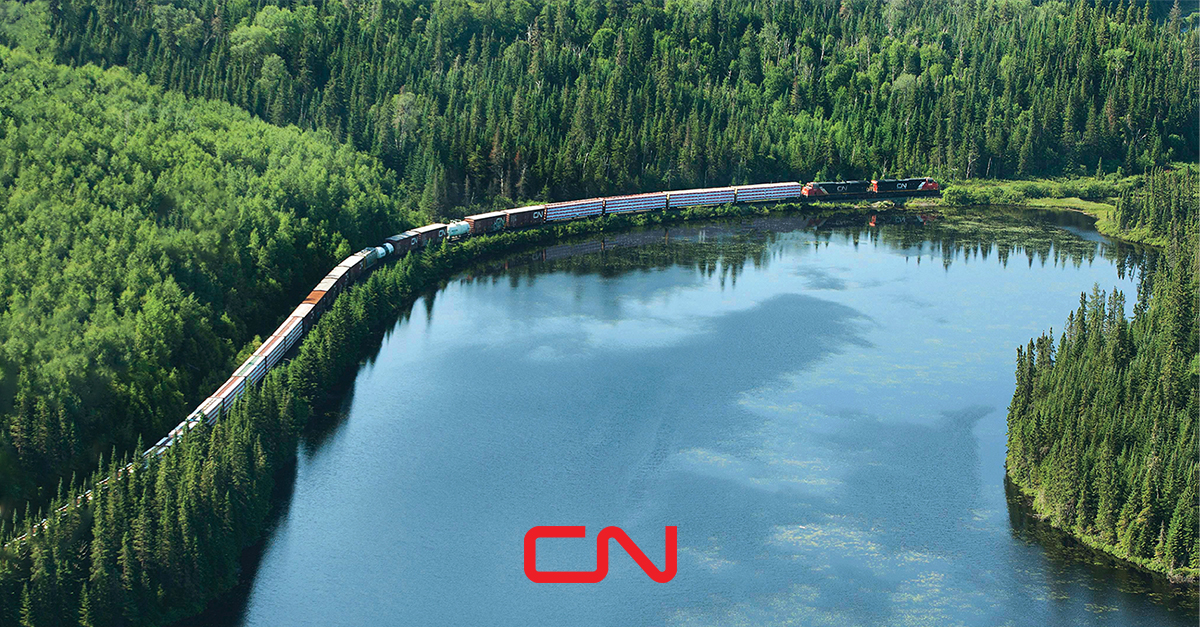MisterF
Senior Member
I honestly don't understand the obsession some people have with skipping Ottawa. Ottawa drives a lot more ridership for Via Rail than its size would suggest, and more car and plane traffic too. It's only slightly behind Montreal for importance to intercity travel. For every passenger you lose by skipping it, you'd have to gain more than one extra passenger to Montreal to make it worth it. Substantially more than one if you increase your capital costs by building a bypass. Seems unlikely that a slightly faster trip to Montreal would generate that.








